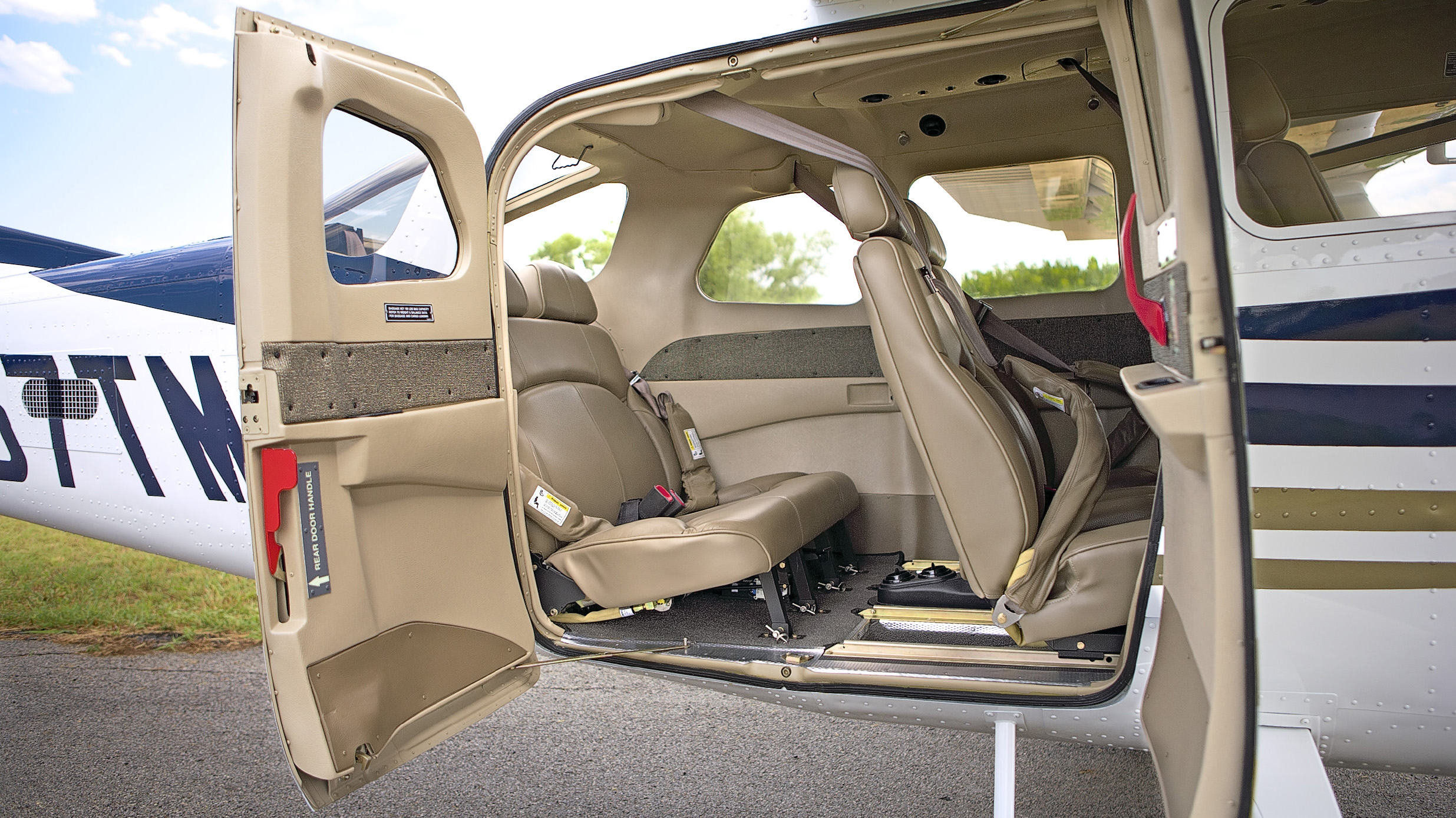Accident puts Cessna 206 cargo doors back in focus
The FAA is revisiting the question of whether occupants of Cessna 206-, U206-, and TU206-series airplanes can safely exit the aircraft through the cargo doors during an emergency.

In an airworthiness concern sheet issued February 27, the FAA sought information from operators “with regard to use, operation, and clarity of placards and instructions” of the cargo doors “as well as any modifications or alterations completed by owners and operators that aid in the usability with and without flaps extended.”
During the investigation, the Transportation Safety Board directed a safety advisory to Civil Aviation, Transport Canada, noting that the wing flaps of the accident airplane “were in the 20° down position, which blocked the forward portion of the rear cargo door.”
The FAA’s airworthiness concern sheet notes that “the FAA, Transport Canada, and Cessna have investigated this area of concern numerous times in the past and have examined possible design changes, but no cost-effective and feasible or practical improvements were identified.”
In 1991, Cessna Aircraft issued a service bulletin for a door-handle modification.
Responses to the airworthiness concern sheet are requested within 30 days by phone or email. See the airworthiness concern sheet for details.
Members may provide their feedback to AOPA by email or by calling 800-USA-AOPA (872-2672) Monday through Friday, 8:30 a.m. to 6:00 p.m. Eastern time.



